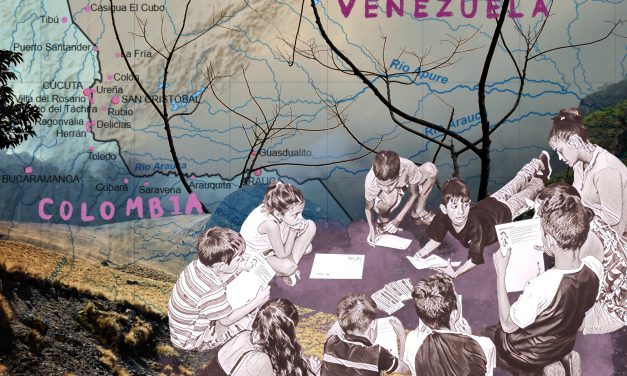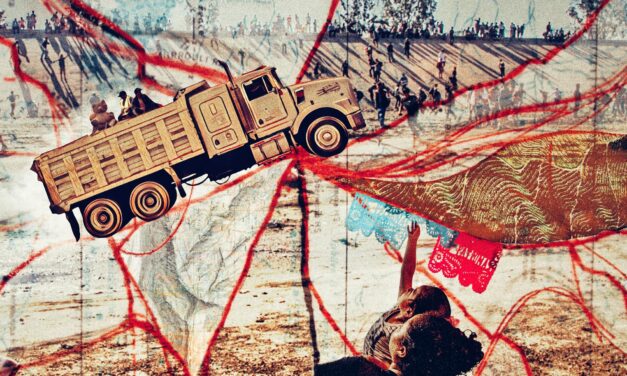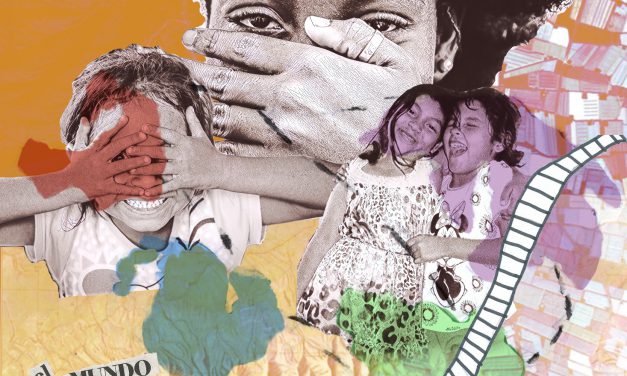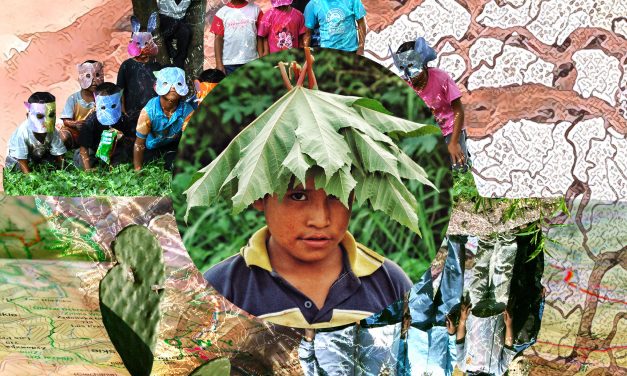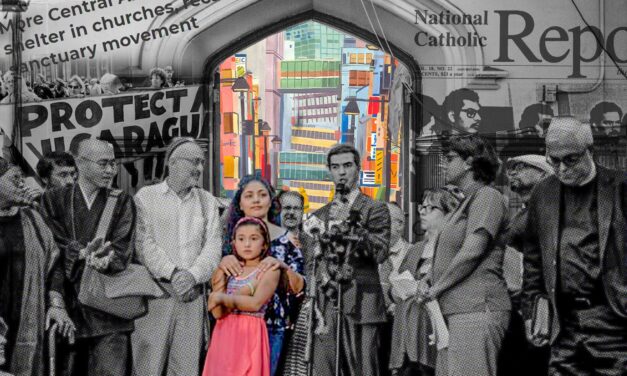(Be)Longing
Bruna lives in the United States and her relationship with Brazil, her native country, is full of worries about immigration, papers, lawyers, the fear of deportation and one key phrase in Brazilian Portuguese that describes the most prominent feeling that Bruna has: nostalgia for the home she left behind, saudade de casa.


